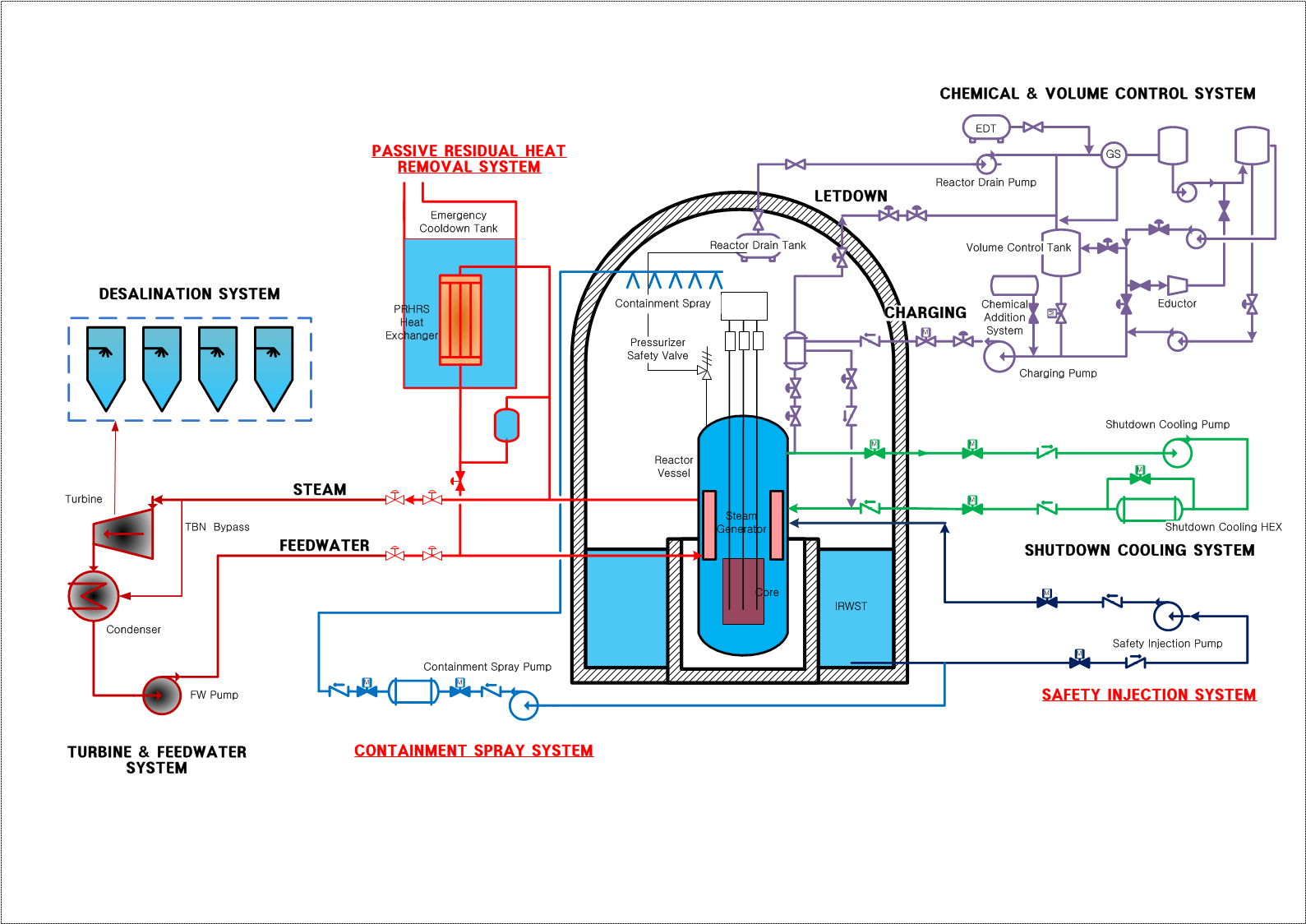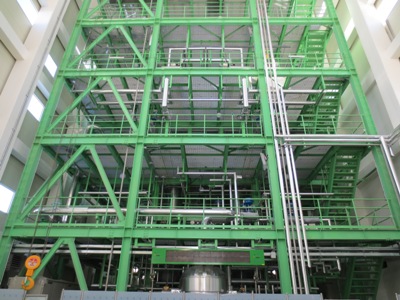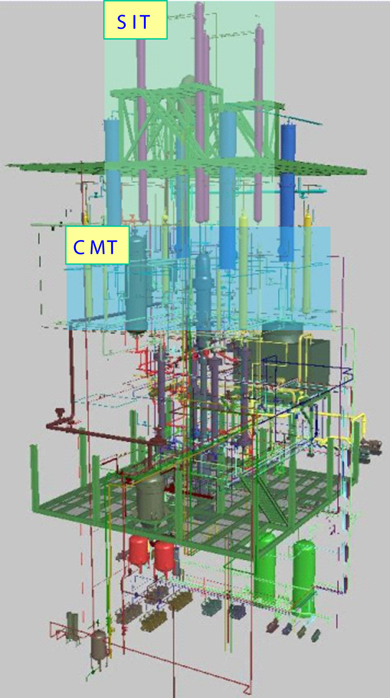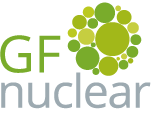Safety
The SMART is the only civilian small modular reactor with a safety licence.
The Korean licensing system is internationally recognized to be of the highest possible standard. There is a clear hierarchy of responsibility: the president of Korea is the most senior nuclear authority and the prime minister is second‑in‑command.
The SMART project began its life in 1997. By 2010 KAERI was ready to undertake a pre-application review with the Korean licensing regulator NSSC. A year later KAERI submitted its voluminous application for Standard Design Approval, which is comparable to the UK’s Generic Design Approval, but more prescriptive than the UK’s system so more like that of the US. NSSC asked more than 2,000 questions of KAERI in the course of its review. After 19 months of exhaustive examination the approval was granted. Following the Fukushima disaster further modifications were undertaken and agreed with NSSC.
In the event of a Fukushima-type event in which all power systems fail, the SMART is certified to provide 72 hours of passive cooling. In a series of realistic simulations it has been shown that the SMART’s passive residual-heat removal system effectively removes decay heat and maintains the reactor in a stable condition for more than 20 days without a power source or an operator's mitigating action. This grace time will be indefinitely extended if the emergency cool-down tanks, accessible from outside the containment, are periodically replenished.
GF Nuclear is progressing the conversion of the licence to British standards as the first step in the project's development, which will take it through to Generic Design Assessment and in due course construction in the UK.

Security
GF Nuclear’s safety and resilience team are well qualified to design and to manage the practical on-site security systems that the project will require, our people having designed some of the protocols for nuclear safety that have become standard on both sides of the Atlantic for civilian and military nuclear sites.
Nuclear waste
A SMART reactor will produce three tons of high-level nuclear waste per annum and no carbon dioxide. The approved design includes storage on site for all the nuclear waste produced for thirty years, plus for one reactor core. Although extremely unpleasant and long-lasting, such waste should be seen in terms of other power systems. As well as carbon dioxide the annual output from an equivalent-sized coal-fired power station is thirty tons of sulphur dioxide and half a ton of fly ash, which contains small quantities of chlorine, cadmium, arsenic, mercury, lead and radioactive elements. All these are discharged into the atmosphere. We have calculated that all the nuclear waste produced during the 60-year life of the SMART could be loaded in sealed containers onto a single daily coal-delivery train and brought to a sealed bunker from which no radiation nor radioactive material can ever escape. Current standard nuclear containers do not break if dropped from an airplane. We will seek and find a private-sector solution for our long-term waste storage, it being too important a matter to be left to government.



